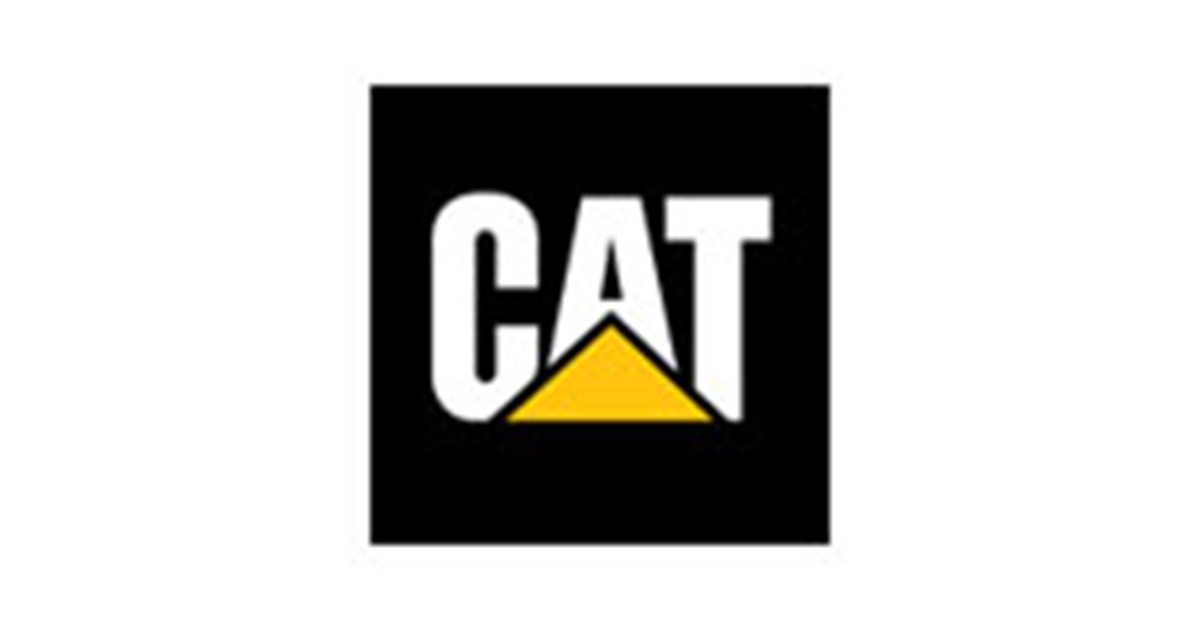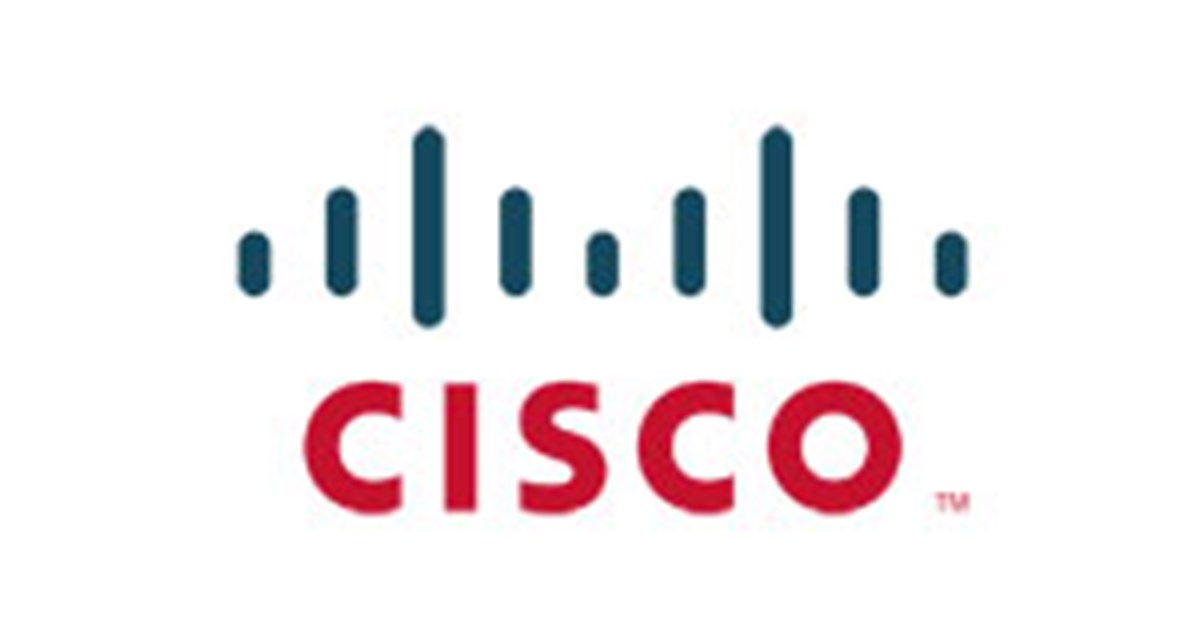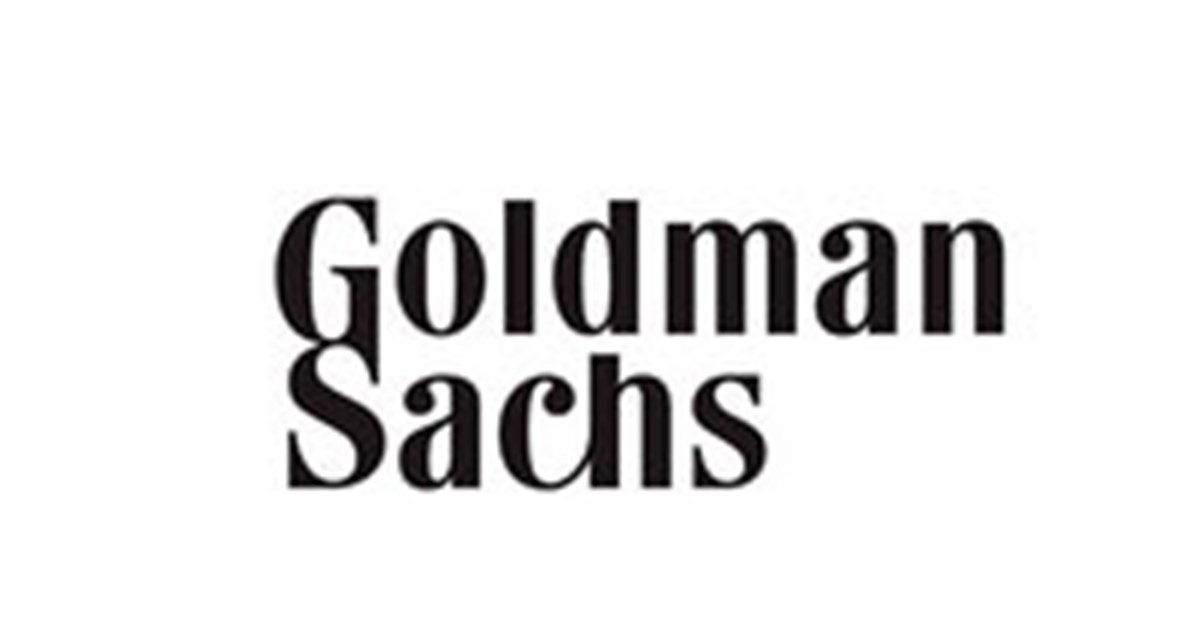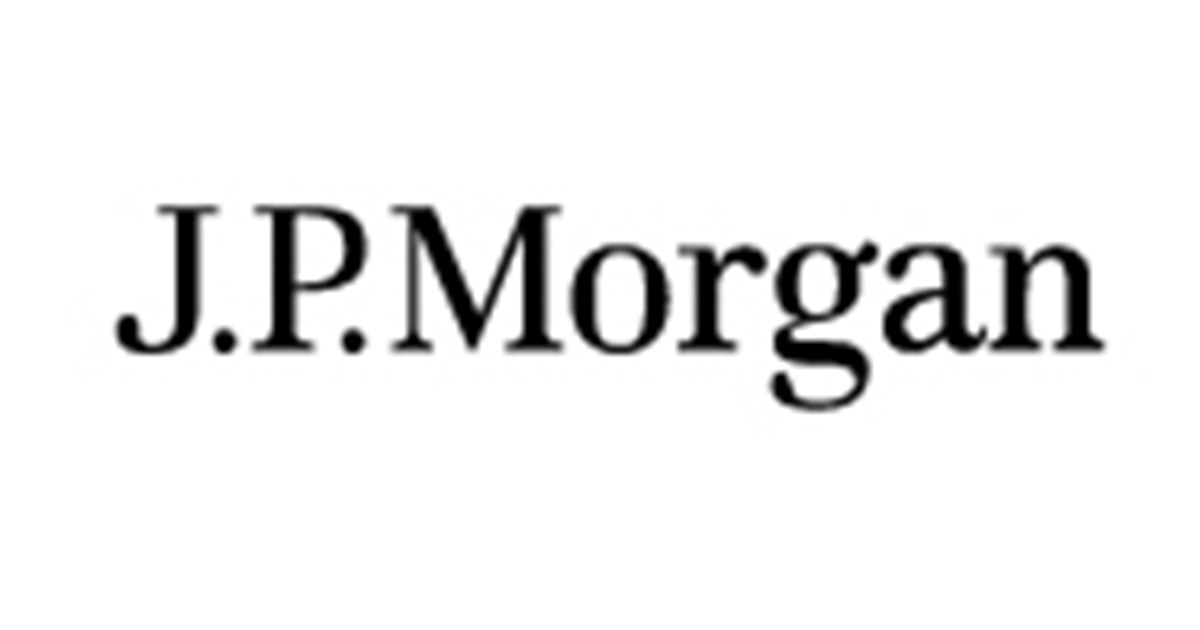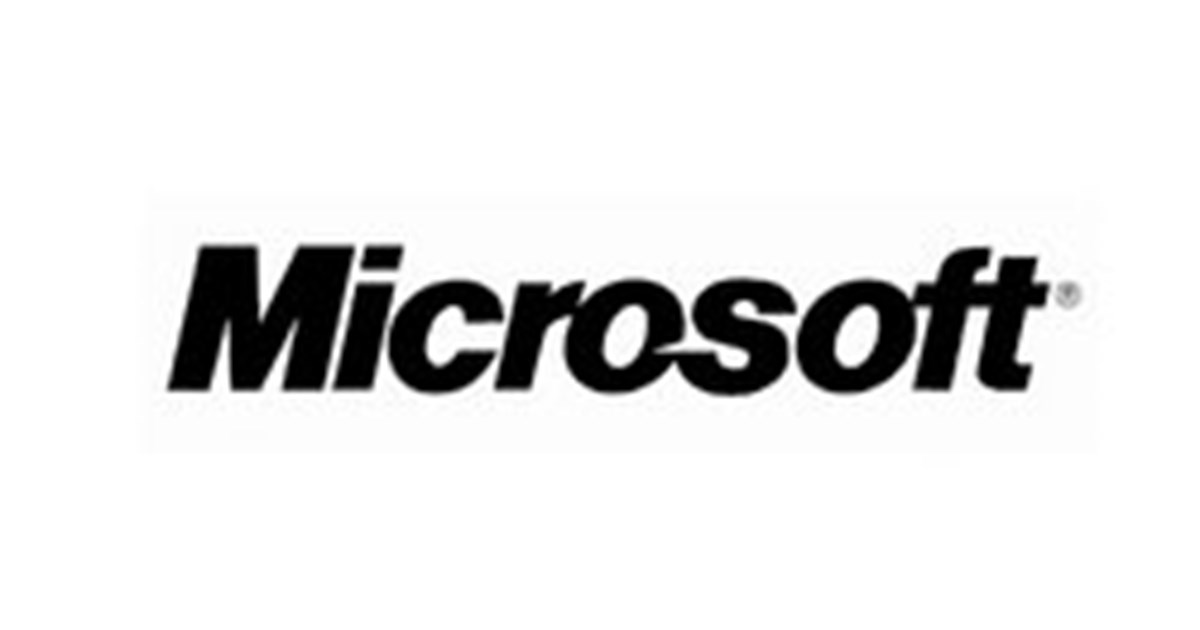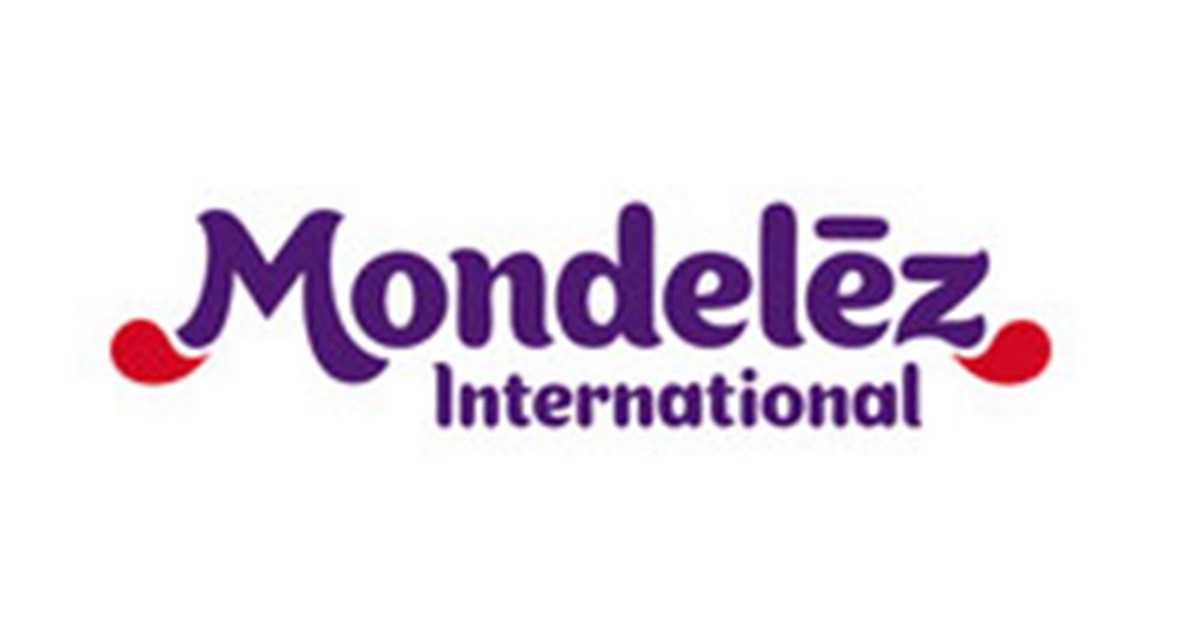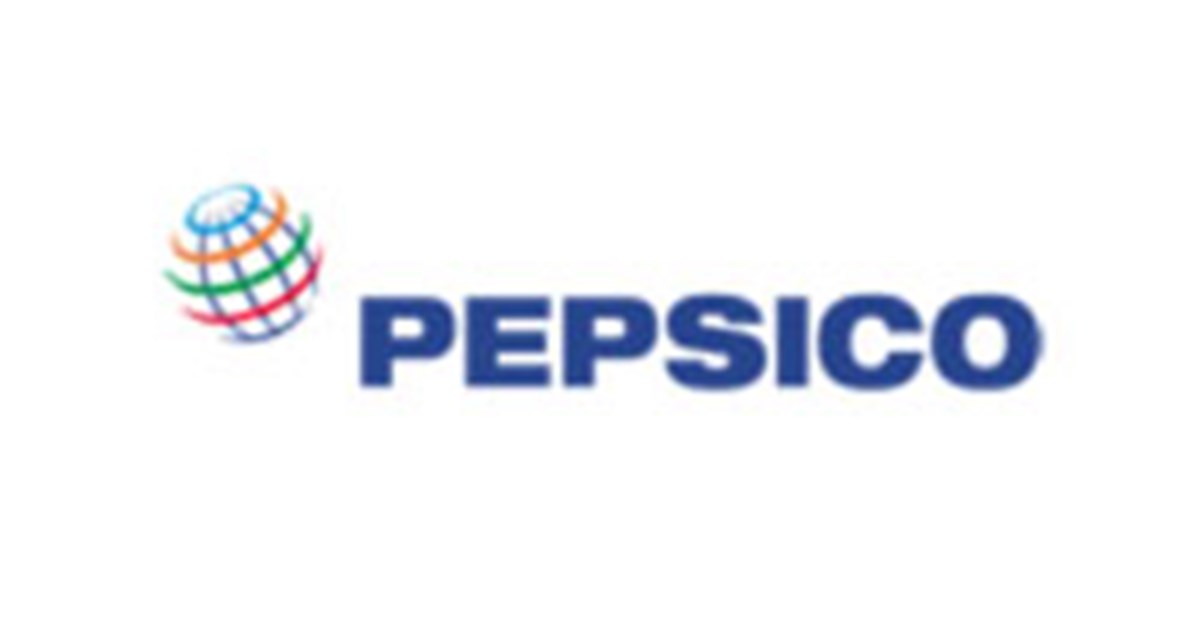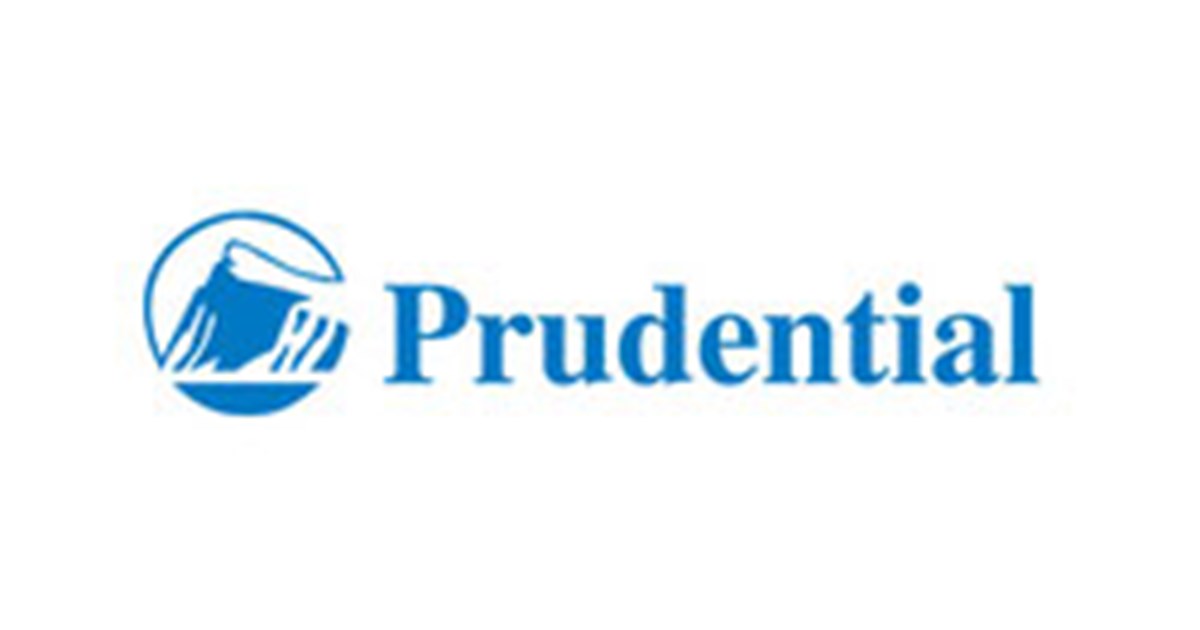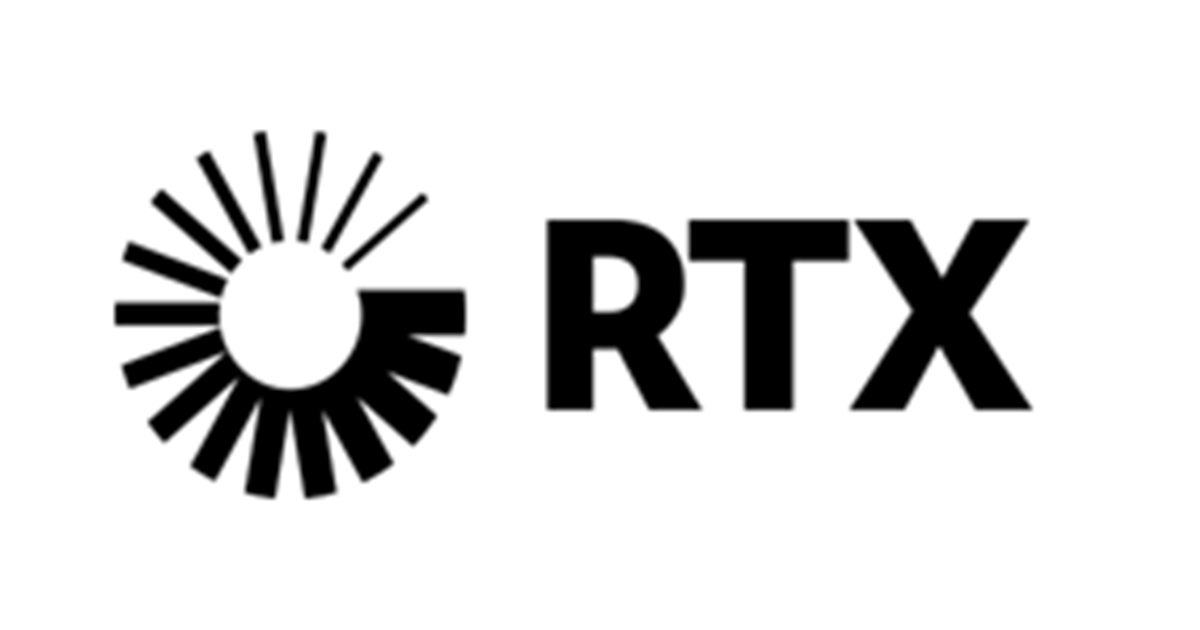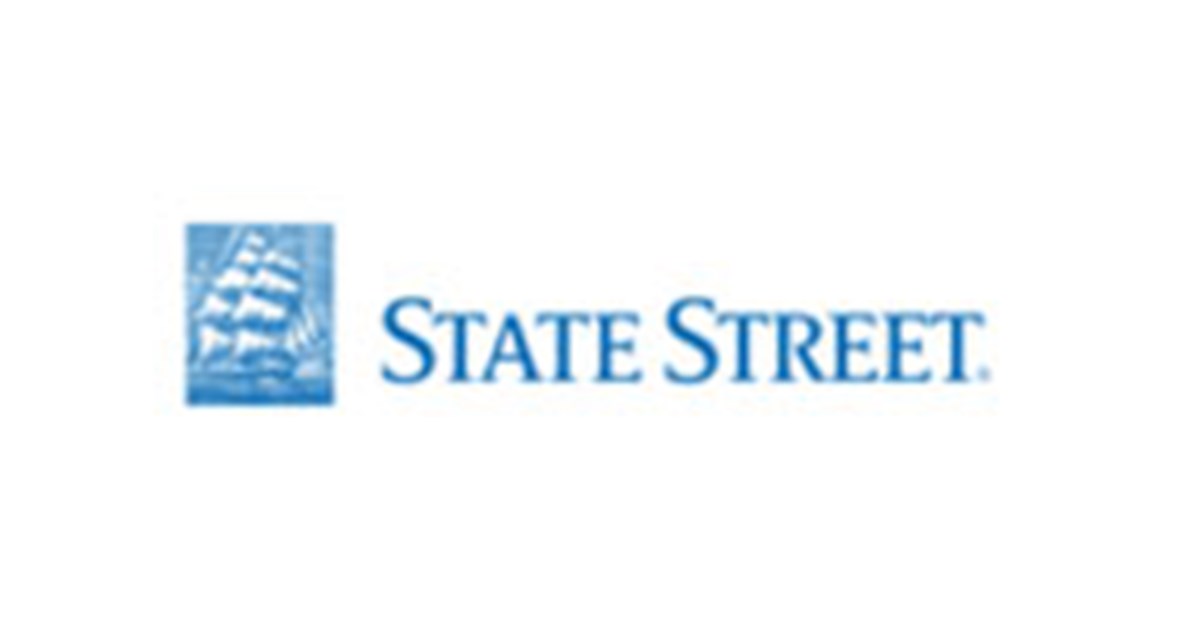Papers & Reports
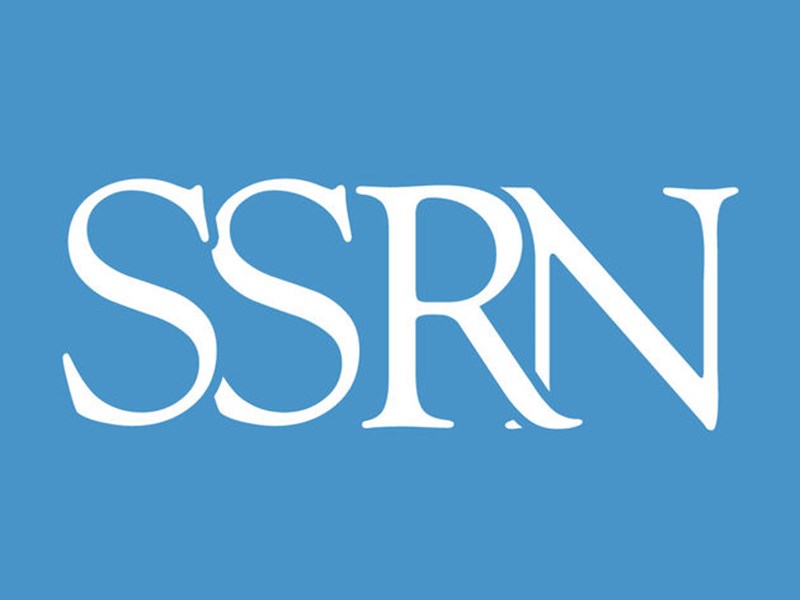
Trade Policy Uncertainty and Supply Chain Disruptions: Firm-Level Evidence from "Liberation Day"
On April 2, 2025, President Donald Trump’s announcement of the “Liberation Day” tariffs created an unexpected and finely targeted episode of trade policy uncertainty, threatening U.S. trading partners with additional tariffs of 10 to 50 percent depending on bilateral negotiations. Using transaction-level U.S. import data, the paper shows that firms responded almost immediately by shifting sourcing away from high-risk countries toward low-risk ones. Total import values remained stable, but this rapid reallocation increased import prices. The adjustment was concentrated among firms with relationship-sticky, contract-dependent, and trade-finance-intensive supply chains, consistent with their elevated exposure had tariffs materialized before renegotiation was possible. These results show that even short-lived episodes of tariff uncertainty can meaningfully disrupt supply chain configurations and raise costs.

Taxing Automation: The Fourth Industrial Revolution in Extractive Industries
The Fourth Industrial Revolution has reshaped extractive industries through automation, remote mining technologies, and artificial intelligence, improving safety and productivity while straining tax frameworks built for human-based operations. This article evaluates how remotely operated mining trucks, autonomous machinery, and robotics complicate payroll taxation, residence taxation, and Value Added Tax (VAT) in South Africa’s extractive sector. Drawing on the Income Tax Act, relevant Double Taxation Agreements, and the OECD Multilateral Instrument, the analysis identifies regulatory gaps in attributing income from automated work, determining corporate residence in digitally mediated operations, and applying VAT to cross-border remote mining services. The article proposes targeted reforms—including a strategic robot-tax design, updated residence guidance for digitally operated enterprises, and refined VAT rules—to preserve revenue, reduce ambiguity, and support inclusive growth amid accelerating technological disruption.

Why EU Revenue Matters: A Case for an EU Digital Levy
This study uses a novel survey of senior German government officials to examine how they systematically adjust fiscal policy in response to economic shocks, particularly a contractionary monetary policy shock. Through randomized vignette treatments, the survey captures how officials update their GDP and inflation expectations under different fiscal-monetary scenarios and identifies their preferred policy responses. The results show that officials tend to react by increasing public debt and cutting government spending, while tax increases play only a limited role, with many opting for a combination of measures rather than a single instrument.
Source: European Law Open, volume 3, issue 4, 2024[

To Tariff or Not to Tariff? That is the Question (before the U.S. Supreme Court)
This working paper examines the legal question before the U.S. Supreme Court in Learning Resources, Inc. v. Trump: whether the International Emergency Economic Powers Act (IEEPA) authorizes the President to impose import duties as part of a national-emergency program aimed at addressing persistent U.S. trade deficits. This paper highlights overlooked precedent under the Trading with the Enemy Act (TWEA), whose similar statutory language was previously interpreted by appellate courts and the Supreme Court to permit regulatory tariffs in national-security contexts. Building on this history, the paper argues that the Court could recognise a narrow regulatory-tariff exception or remand for further factual development, thereby preserving limited emergency tariff powers rather than foreclosing them entirely.
Beyond Economic Allegiance
This article argues that the long-dominant principle of economic allegiance is no longer adequate as the foundation for international tax jurisdiction amid reforms that expand nexus and fragment taxing authority. Once a limiting concept, nexus now generates overlapping claims as both source and residence rights broaden, transforming tax jurisdiction into shared authority. The central issue, therefore, is not whether a state has jurisdiction but how to allocate jurisdictional fragments fairly. The article contends that fairness, specifically, inter-nation equity, must guide this allocation, as the economic allegiance principle provides no standard for distribution. It shows that current reforms rely on arbitrary formulas and ordering rules that disproportionately favor wealthier states and calls for international tax policy to place explicit distributional fairness at the center of its design.
Ozai, Ivan, Beyond Economic Allegiance (October 24, 2025). University of Toronto Law Journal (2025), volume 75, issue 4, pp. 425-65.

Effects of the Global Minimum Tax on German Corporations
This paper analyzes survey-based evidence on the effects of the global minimum tax (GMT) on German multinational enterprises (MNEs). The results show that most German MNEs are only marginally affected by top-up taxes. When such taxes do apply, they often do not target firms with the lowest effective tax rates or those operating in low-tax jurisdictions, raising questions about the GMT’s effectiveness in curbing profit shifting. At the same time, implementation imposes significant compliance burdens on firms regardless of actual top-up tax liability. The study also finds that the Country-by-Country Reporting (CbCR) safe harbour can be widely applied in the first year, proving to be an effective tool for simplification.
A Tax in Form, a Tariff in Function: Reclassifying Digital Services Taxes to Restore Trade Law Coherence
This article introduces the concept of “intangible tariffs” to describe Digital Services Taxes (DSTs), arguing that they operate less as domestic tax measures and more as de facto trade restrictions that selectively burden foreign digital firms. By reclassifying DSTs as intangible tariffs, the article reframes them as trade instruments that could restore coherence between tax and trade law. This approach would allow the World Trade Organization to regain relevance in governing digital commerce, provide the United States with a multilateral avenue to challenge discriminatory measures, and offer other countries a legitimate framework to assert digital taxing rights.
Narotzki, Doron, A Tax in Form, a Tariff in Function: Reclassifying Digital Services Taxes to Restore Trade Law Coherence (October 31, 2025). 45 Va. Tax Rev. 53 (2025).

Catching Pokémon, Not Tax Bills
This essay uses Pokémon Go as a case study to expose how digital innovation can generate vast untaxed wealth in the modern economy. It argues that beneath Niantic’s hit augmented reality game lies a dual business model: one built on taxable gaming revenues and another on untaxed data-derived intangibles. As players captured virtual Pokémon, they unknowingly helped build a billion-dollar AI mapping infrastructure: an intangible asset that escaped traditional taxation. The essay explores how this phenomenon reveals fundamental flaws in current tax principles, including valuation challenges for user-generated data, jurisdictional uncertainty for borderless digital assets, and the inadequacy of the realization principle for intangible wealth that may never be formally monetized. The essay calls for a new fiscal framework capable of capturing data- and AI-driven income.
104 Tex. L. Rev. ___ (2026) (forthcoming)

The Rise of Refinery Margins: The Case of the Energy Tax Cut in Germany
This paper analyzes the temporary energy tax reduction introduced by the German government from June to September 2022. Using pricing and quantity data from the wholesale markets for crude oil, gasoline, and diesel, the study finds that 80–85% of the tax cut was passed through to consumers, corresponding to a 3.7-cent-per-liter increase in wholesale prices net of tax. However, the pass-through varied substantially across time and regions. When weighted by sales volumes, the effective pass-through falls to roughly 70% for gasoline and 58% for diesel, indicating that refinery margins widened significantly during periods of higher demand. These findings highlight how temporary tax cuts can yield uneven and incomplete price transmission in energy markets.

The Origination Clause And The President's Tariffs
This paper analyzes the constitutional and statutory issues raised by President Trump’s 2025 tariff actions, now before the Supreme Court in Learning Resources, Inc. v. Trump. The authors argue that although the Origination Clause does not directly constrain the President’s tariff powers, it is crucial for interpreting whether a statute authorizes revenue-raising measures. The authors conclude that IEEPA cannot lawfully authorize the President’s tariff actions, underscoring Congress’s primary constitutional role in taxation and trade policy.









